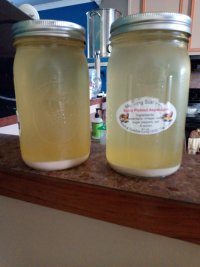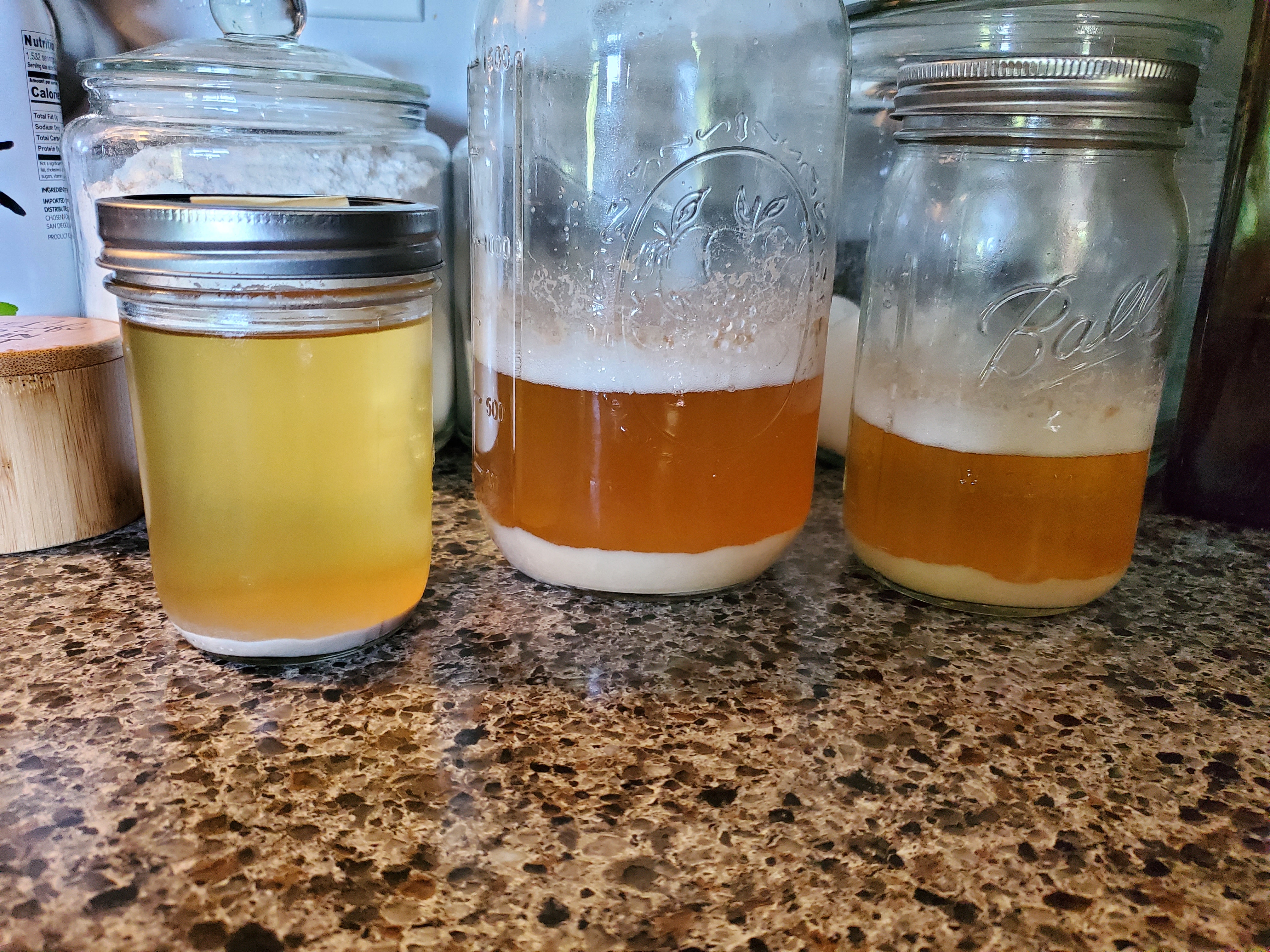slayer021175666
Well-Known Member
- Joined
- Sep 24, 2020
- Messages
- 561
- Reaction score
- 254
I have some yeast that I top cropped from a batch of hef and it's been in the fridge now for about 6 weeks. It's still good but, should I just pitch it right in my wort for the next 10 gallon batch or should I make a starter today and pitch that starter tomorrow at the end of the brew? Just wondering what the benefits of making a starter might be.




